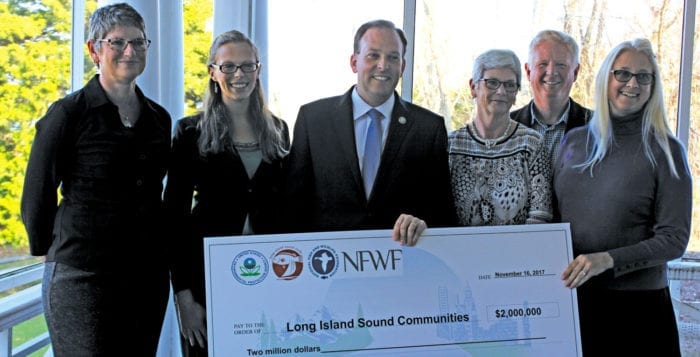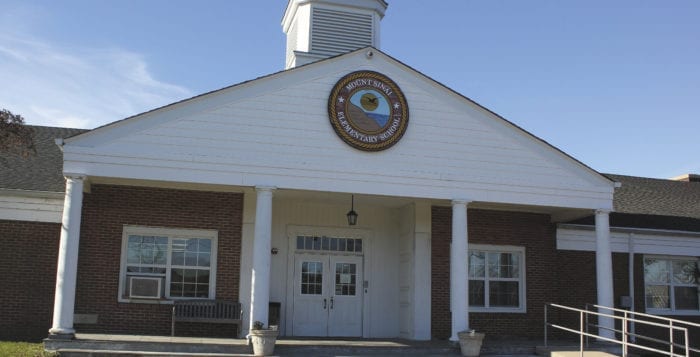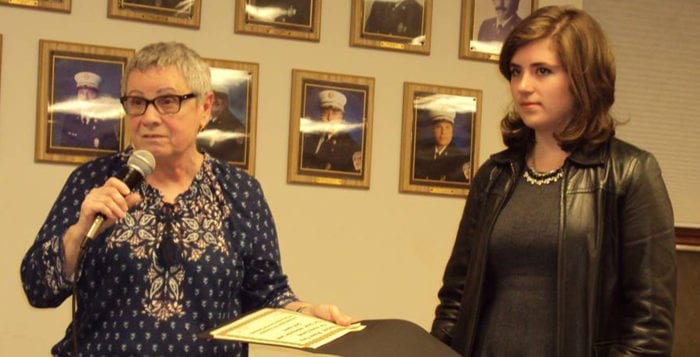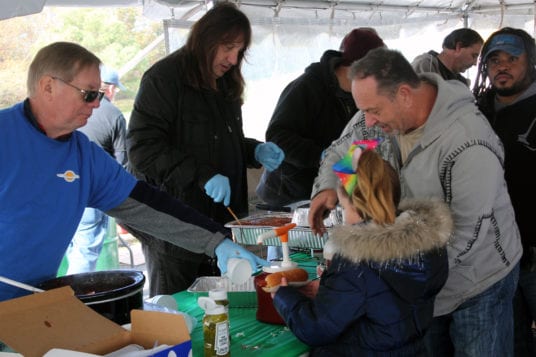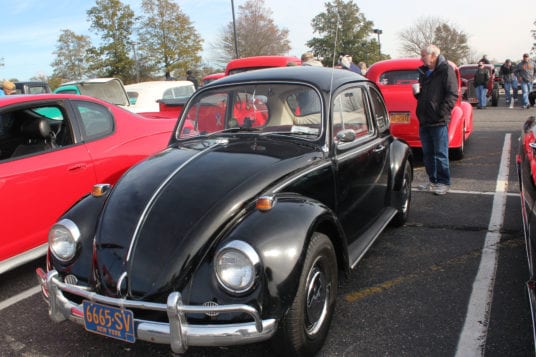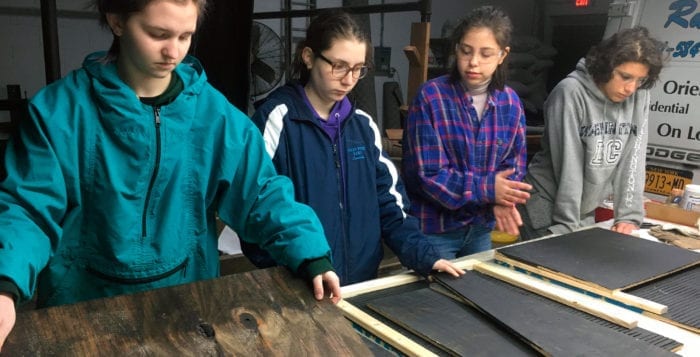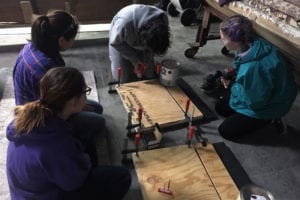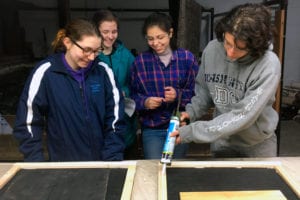The future of Long Island Sound is in very capable, and now well funded, hands.
Federal and state officials gathered Dec. 4 in East Setauket to officially announce $2.04 million in grants to support 31 environmental projects by local governments and community groups mostly in New York State and Connecticut actively working to restore the health and ecosystem of Long Island Sound. Of the 15 New York-based projects — totaling $1.05 million in grants — nine of them are taking place across Long Island, including Salonga Wetland Advocates Network in Fort Salonga and Citizens Campaign Fund for the Environment in Huntington, Smithtown and Riverhead.
This year’s recipients of the Long Island Sound Futures Fund — a collaborative effort between the Environmental Protection Agency and National Fish and Wildlife Foundation — were encouraged by a panel of guest speakers to continue efforts to monitor and improve water quality; upgrade on site septic systems for homeowners; protect vital habitats throughout the watershed; and engage other residents to protect the 110-mile estuary.
“This fund is supporting and celebrating real-life solutions — grassroots-based solutions — that make a difference in our quality of life, in our quality of environment and the overall fabric of our community,” said Peter Lopez, the regional administrator of the Environmental Protection Agency, to a room of grant recipients at the Childs Mansion on Shore Drive in East Setauket, overlooking the Sound. “We have this amazing resource in our backyard and we have to support it.”
“It’s your spirit and hard work that got us to this point. It’s important we’re making our impact right now.”
— Lee Zeldin
The Sound, which was designated an estuary of national significance in the 1980s, supports an estimated 81,000 jobs and activities surrounding it such as boating, fishing and recreational tourism, which generates around $9 billion a year for the region.
Lopez stressed that community involvement is the key to its perseverance in the future. U.S. Rep. Lee Zeldin (R-Shirley), who has long fought for federal funding and support for the estuary, was in full agreement.
“Since I got to Congress at the beginning of 2015, I’ve been watching all of you and your advocacy is why we’re here today,” Zeldin said.
The congressman addressed members of the crowd whose phone calls, emails, social media blasts and trips to Washington, D.C., he said served to mobilize elected officials around the importance of the Sound and its watershed and boost the funding of the Long Island Sound program to $8 million in May.
“I just want to say a huge thank you for what you do,” he said. “It’s your spirit and hard work that got us to this point. It’s important we’re making our impact right now. What will be our legacy in these years to ensure the water quality, quality of life, economy and environment of Long Island Sound is preserved and protected? Because of all of you, the legacy will be that in 2017, we all gathered to celebrate more than doubling the funding for [Long Island Sound].”
The LISFF was started in 2005 by the Long Island Sound Study and has since invested $17 million in 380 projects, giving way to the opening of 157 miles of rivers and streams for fish passage and restoring more than 1,000 acres of critical habitat, according to Amanda Bassow, the Northeast region director of the National Fish and Wildlife Foundation.
This year’s grants will reach more than 870,000 residents through environmental and conservation education programs, and will be matched by $3.3 million from its recipients. In New York, the $1.05 million in grant funds will be matched with $2.58 million from the grantees, resulting in $3.63 million in community conservation.
One of the grantees, Mike Kaufman of Phillips Mill Pond Dam fish passage project in Smithtown, plans to restore the native migratory fish runs from Long Island Sound to the Nissequogue River for the first time in 300 years.
“This is the final piece of the puzzle,” Kaufman said of the grant. “It’s an incredible, historic opportunity. We’re reversing 300 years of habitat destruction and these grants enable us to engineer the restoration.”

